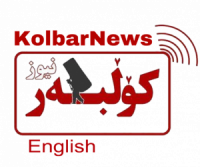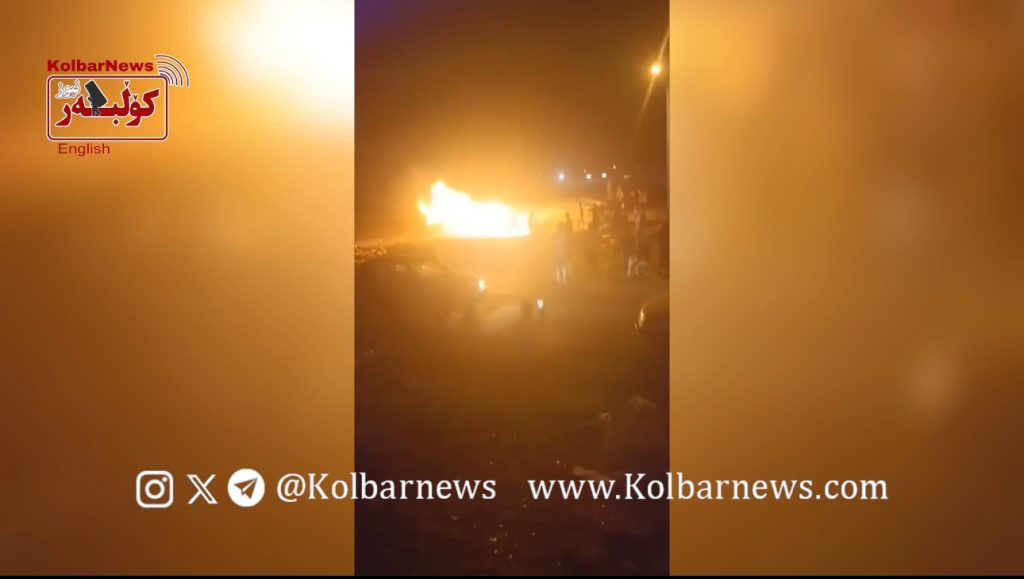
On Friday, July 5, during the second round of the Islamic regime’s staged elections, one of the least attended electoral shows in its 45-year political history was held. According to official results, “Masoud Pezeshkian” was appointed as the successor to Raisi and the next president of Iran.
It is undeniable that the true statistics of participation are never reported by the officials of the Islamic Republic, especially concerning elections. The reality of participation can be seen in the silence and inactivity that prevailed at the polling stations, where even falsified and manipulated statistics could not claim more than 38% participation in the first round, with slightly higher numbers in the second round. The reality is also evident in Khamenei’s complaints about the people’s refusal to participate in the elections. An objective assessment of the low turnout and the invalid votes demonstrates that this electoral show was, in essence, a referendum that decisively rejected the existence of the Islamic Republic, marking a victory for the people.
Let us not forget that the people of Kurdistan, by decisively abstaining from this show, played a significant role in this victory and once again loudly proclaimed their rejection of the Islamic Republic. The unity of the people of Kurdistan on this day was another manifestation of the ongoing revolutionary movement in Kurdistan. By not participating in this electoral show, the masses demonstrated to the world that this regime lacks any legitimacy and only maintains its rule through force.
Regarding the reformists who have been ousted from power, now supporting the regime’s chosen candidate who claims to be “fused with the system,” they will continue the same path they have always followed, acting as mere facilitators for the regime. They will not shape the future of Iran, as their mission is to help preserve the Islamic regime, a task that is now futile. The nationwide uprising in December 2017 marked an end to the dominance of the reformist discourse in Iran’s political landscape. For over 26 years, the regime’s reformists tried to frame the struggle within the boundaries of the constitution and Islamic laws, promising that the regime could be reformed within these frameworks. However, when in power, they followed the same path dictated by the Supreme Leader, with events like the chain murders occurring under Khatami and the record number of executions under Rouhani. The 2017 uprising shattered the reformist strategy and discourse, highlighting the “Woman, Life, Freedom” revolution as the way out of the vicious cycle created by the regime’s reformists.
The reality is that the power structure of the Islamic Republic, enshrined in its constitution, is built on denying people’s fundamental rights. The backbone of this law is the “absolute guardianship of the Islamic jurist,” which grants absolute powers to the Supreme Leader, rendering other supposedly elected bodies powerless and merely decorative. The autocratic rule of the Supreme Leader is a continuation, in a more brutal and regressive form, of the 2,500-year monarchical despotism from which the Iranian people have struggled to free themselves since the Constitutional Revolution and the 1979 Revolution.
It is clear that achieving the goal of self-determination cannot be accomplished through elections under the rule of the Supreme Leader and the IRGC. Only through dismantling the repressive apparatus and the bureaucratic state structure via widespread social and civil struggles, and overthrowing the absolute power of the Supreme Leader with a popular revolution, can the path be paved for forming the people’s power structures.
What the workers, laborers, and the vast majority of the Iranian people want is a free and equal society free from any oppression and exploitation. A society without gender and racial discrimination, where unconditional political freedoms are established, and people are free to organize. They want to have their unions, associations, and professional, political, literary, and cultural organizations. They wish to form their power structures at all levels of society, from workplaces and factories to offices, neighborhoods, schools, towns, villages, and across the entire country, and to practically implement true freedoms and a democratic system. They demand gender equality, the elimination of all forms of national, ethnic, gender, religious, and cultural discrimination, and especially the right of oppressed nations to self-determination. However, such a government system can only be sustainable if it pursues economic development and the abundance of material and cultural needs, resulting in equality and prosperity for all members of society. People want “bread, work, freedom,” and they desire the comprehensive realization of the slogan “woman, life, freedom.” These people’s demands cannot be expected to be fulfilled through the ballot boxes of a despotic religious regime run by mafia gangs.
What must be persistently pursued from the day after the end of this electoral show is to intensify the broad demand movement. This movement’s demands were not even promised or mentioned in the electoral debates, nor in the speeches of Pezeshkian, who calls himself a reformist. The movement of workers, women, retirees, nurses, teachers, the marginalized, students, and oppressed nations must become the focal point of future political and social changes in Iran. It is through such a continuous and relentless struggle that awareness, organization, and leadership will emerge.

